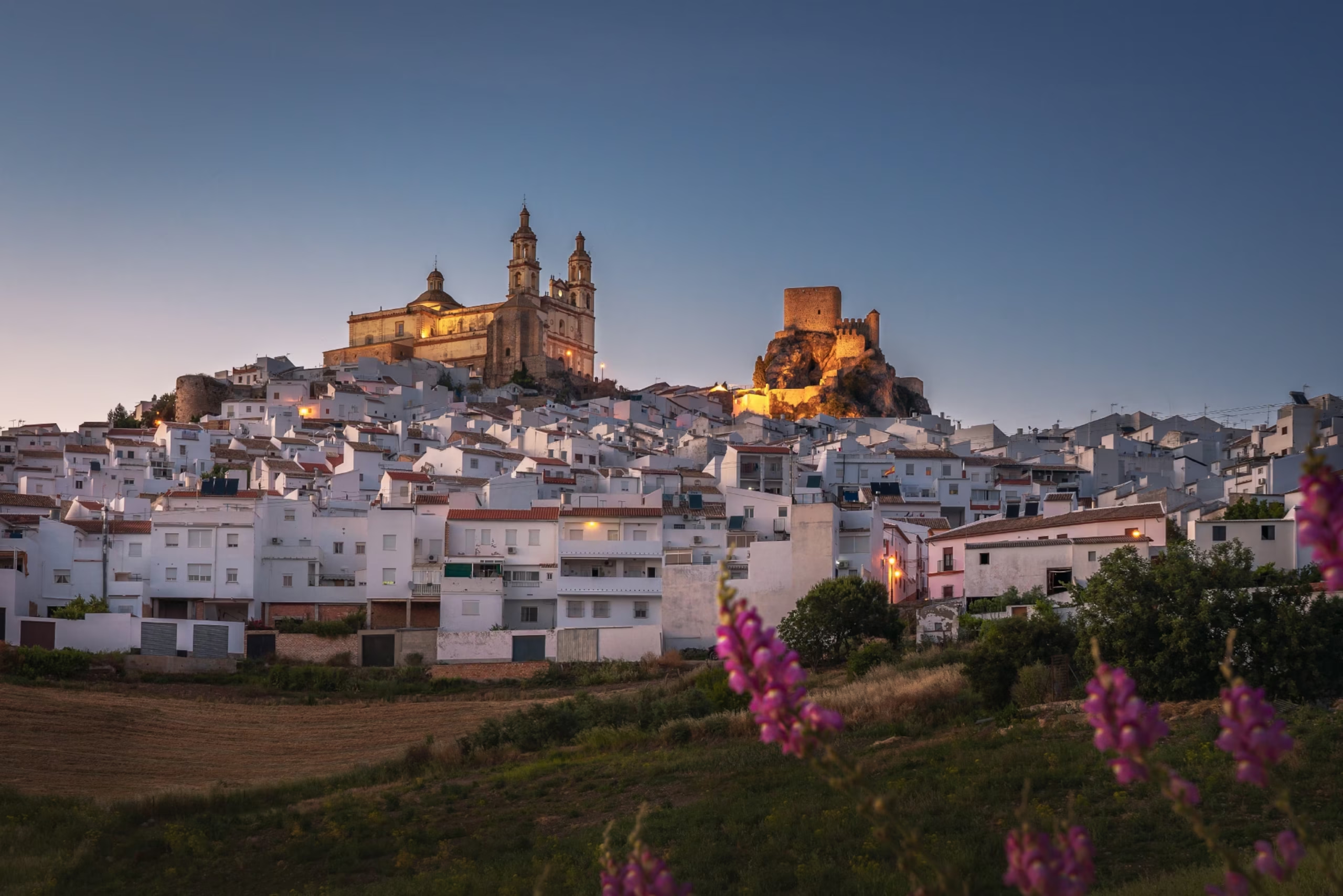Perched on hilltops across Andalusia, Spain, clusters of whitewashed villages dot the countryside. But these pueblos blancos share more than just striking architecture—they were built centuries ago to protect communities from invaders during times of conflict.
Today, the battles are over, but the sense of community remains. One such village, Algar, recently started a campaign to get its local tradition—charlas al fresco, or “fresh-air chats”—recognized on UNESCO’s Intangible World Heritage List. This honor highlights customs, beliefs, and skills—like dancing, cooking, and crafts—that are deeply tied to specific cultures and places.
“We all bring chairs into the street to spend time with friends and neighbors. It’s been happening for as long as anyone can remember,” says José Carlos Sánchez, Algar’s mayor, who was born and raised in this tight-knit Andalusian town of just 1,442 people. “There’s something special about seeing young and old sitting together outside.”
According to the mayor, who launched the UNESCO bid last summer, these long-running, open-air conversations help bridge social and political divides, bringing people together to share news. Even during the pandemic, masked residents kept the tradition alive.
But fewer people are joining these evening street gatherings these days, Sánchez notes, as more turn to online platforms instead. A road trip through Andalusia’s pueblos blancos doesn’t just reveal a land once caught between warring medieval kingdoms—it also shows a way of life under threat from rapidly shifting social norms.
Among the White Villages of Andalusia
Algar is one of 19 pueblos blancos in Spain’s southernmost region. In the late Middle Ages, these towns marked a contested border.
To the north, Christian kings sought to reclaim the Iberian Peninsula, clashing with the Islamic Emirate of Granada—a Moorish kingdom ruled from the stunning Alhambra Palace.
The emirate fell to Christian forces in 1492, but Arabic-speaking Moors left their architectural mark across the landscape. Eduardo Mosquera Adell, a historic architecture expert at the University of Seville, says these villages likely took on their whitewashed appearance during the Islamic era. He points to 14th-century Andalusian-Arab scholar Ibn Khaldun, who described a method for making whitewash (cal) from slaked lime.
Mosquera explains that cal helped keep homes cool during scorching Andalusian summers. Over time, its bright white color also became linked with cleanliness. Between the 16th and 19th centuries, waves of epidemics—from plague to cholera and yellow fever—swept the region, and houses were painted with cal after outbreaks. (It might’ve actually worked: Studies show slaked lime kills cholera-causing bacteria.)
After weathering years of disease, some villages in Andalusia became the gleaming white landmarks that still shine under southern Spain’s endless sun.
Road-Tripping the Pueblos Blancos
Today, these white villages are also a source of cultural pride. Traditional Andalusian whitewash production earned UNESCO recognition in 2011, and southwest of Seville, the Museo de Cal de Morón showcases the craft for visitors.
“Such recognition helps communities appreciate their shared heritage,” says anthropologist Gema Carrera Díaz, director of the Atlas of Andalusian Immaterial Heritage. While industrial paint has mostly replaced cal in Andalusia, Carrera says UNESCO’s nod helped spark a revival. “It’s really important educationally.”
To see just how stunning these villages are, rent a car and hit the winding mountain roads. Andalusia’s pueblos blancos are perfect for slow, scenic road trips that reveal the region’s enduring traditions.
Start in the northeast corner of the pueblos blancos region, where silver-leafed olive trees stretch out from the hilltop village of Olvera. A short drive leads to Setenil de las Bodegas, where historic homes are built right into the cliffs.
The landscape grows wild as the road twists southwest into the Parque Natural Sierra de Grazalema, heading toward Zahara de la Sierra—a tiny village perched dramatically on a rocky outcrop. Zigzag over the high Puerto de las Palomas pass to reach Grazalema, a shepherding village known for aged cheese and cozy woolens.
After the mountains give way to rolling farmland, you’ll arrive in Algar—the charming pueblo blanco where charlas al fresco still stretch late into summer nights.
The Future of Charlas al Fresco in Algar
Carrera notes that this tradition isn’t unique to Algar. “You’ll find it across Andalusia and the Mediterranean,” she says. “Summers are hot, so people always went outside to cool off, and socializing has always been valued here.”
Cars taking over streets, air conditioning, and modern tech have all contributed to the decline of outdoor gatherings, Carrera adds. But when it comes to preserving heritage, she says customs don’t need to be one-of-a-kind to matter—they just need to represent a culture. For a village like Algar, even applying for UNESCO status can help sustain tradition by sparking conversations about shared values and which customs to protect.
“Especially now, during a pandemic, when so much is changing, this can have a real impact,” Carrera says. “People take pride in the practice, and that gives it new value.”
Mayor Sánchez’s UNESCO campaign isn’t just about the past—he hopes it’ll bring new life to this quiet town, which even many nearby Spaniards don’t know. He wants Algar to be known for its friendliness and insists visitors are welcome to join in.
For now, the UNESCO bid is pending (the process can take years). But back in Algar, Sánchez has already seen small victories.
“After launching the campaign, I watched a car pull up one summer evening. Two strangers got out with beach chairs,” he recalls, laughing. The mayor was delighted that outsiders had heard about the tradition and came to take part. “Visit Algar next summer for a chat,” Sánchez told me. “You can even bring your own beach chair.”
